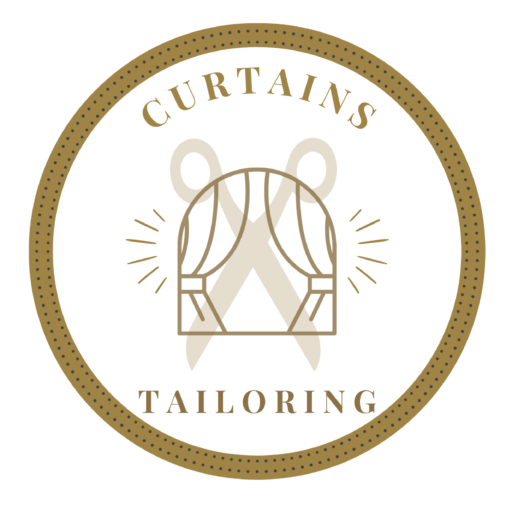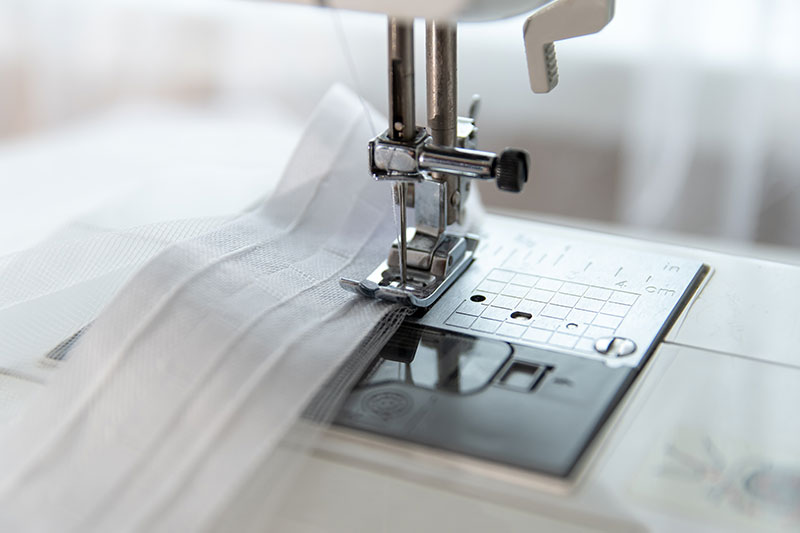Welcome to the epitome of luxury living – where every detail matters and elegance is stitched into every fold. In the heart of Dubai, our Curtains Stitching service is a testament to sophistication and style, transforming your living spaces into havens of opulence.
At our workshop, we don’t just create curtains; we craft masterpieces that resonate with your individuality. Our team of skilled artisans understands that the perfect curtain is not just a window dressing; it’s a statement that reflects your taste and personality.
Impeccable craftsmanship is the defining characteristic of our work. Every stitch is meticulously executed with care and precision, resulting in curtains that are both visually captivating and built to last. We are dedicated to using the highest quality fabrics from various global sources, guaranteeing that each curtain reflects unparalleled quality and opulence.
Dubai’s unique blend of tradition and modernity is echoed in our designs. Whether you prefer the timeless allure of classic drapery or the sleek lines of contemporary styles, our expert tailors bring your vision to life. Our curtains don’t just cover windows; they frame the view to the world outside, enhancing the beauty of your surroundings.
What sets us apart is our commitment to customization. Your home is a canvas, and our curtains are the brushstrokes that add depth and character. From selecting the perfect fabric to choosing intricate details like tiebacks and trimmings, our consultants work closely with you to ensure that every element complements your interior aesthetics.
Luxurious living begins with attention to detail, and our Curtains Stitching service is the key to unlocking that lifestyle. Elevate your space, indulge in the richness of perfectly stitched curtains, and let your home tell a story of grandeur and refinement. Welcome to a world where every curtain is a masterpiece, and every room is a celebration of your unique style.
History of Curtains Stitching Dubai
The art of making Curtains originated in the Middle East, and it was a meticulous process that involved hand-tying individual knots to create a pattern. By the 16th century, the art had spread to Europe, where it evolved into the production of carpets. Initially, the process involved hand-stitching using a needle and thread, which was time-consuming and could take several months to complete a single Curtain.
However, with the advancement of technology and industrialization, Curtain stitching became faster and more efficient. Nowadays, most Curtains are made using machines, although some high-end ones are still made by hand.
Techniques of Curtains Stitching Dubai
Several techniques are used in Curtain stitching, each with advantages and disadvantages. The most common techniques are:
1. Overlocking: This is the simplest and most common technique used in Curtains stitching. It involves sewing a strip of fabric around the edge of the Curtains to prevent fraying. Overlocking is quick and easy but provides a seam that is weaker than other techniques.
2. Binding: Binding involves sewing a strip of fabric around the edge of the Curtains and folding it over to create a neat edge. This technique is more durable than overlocking and provides a more finished look.
3. Serging: Serging is similar to binding, but instead of folding the fabric over, it is wrapped around the edge of the Curtains and sewn in place. This technique is more durable than binding and provides a more finished look.
4. Fringe: Fringe is a decorative element added to the ends of Curtains. It is created by knotting the Curtains together to create a tassel-like effect. Fringe is a traditional technique, especially on Oriental and Persian Curtains.
Choosing the Right Technique Curtains Stitching Dubai
When it comes to curtain stitching, selecting the appropriate technique depends on critical factors, such as the type of curtain, its intended usage, and personal preference. Overlocking is suitable for low-pile curtains and rugs not exposed to heavy wear and tear. On the other hand, binding and serging techniques are more appropriate for high-pile curtains and rugs that are used in high-traffic areas. If you want to enhance the aesthetic appeal of your curtains, adding fringe is a significant decorative element that can be used with any curtains.

